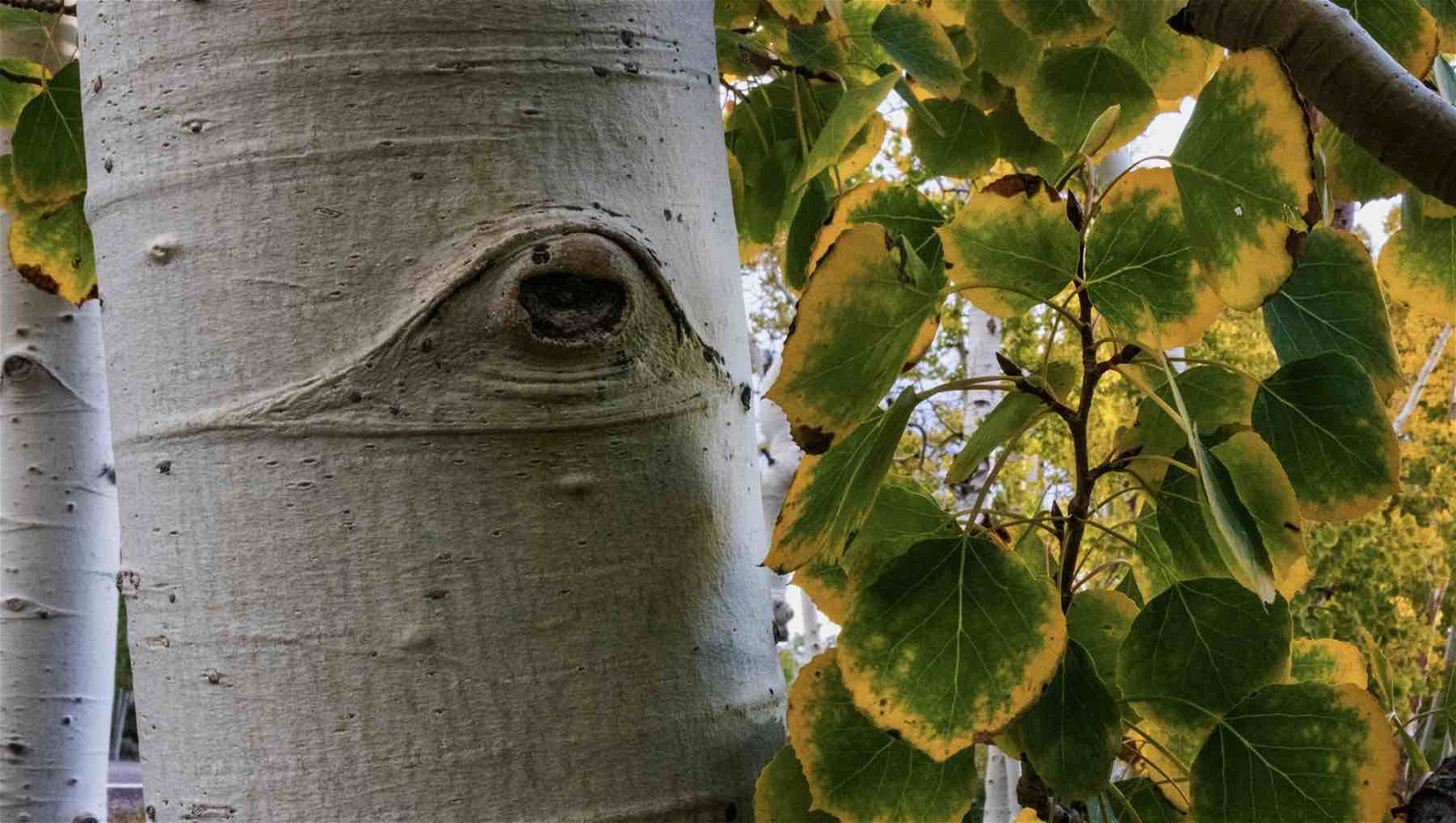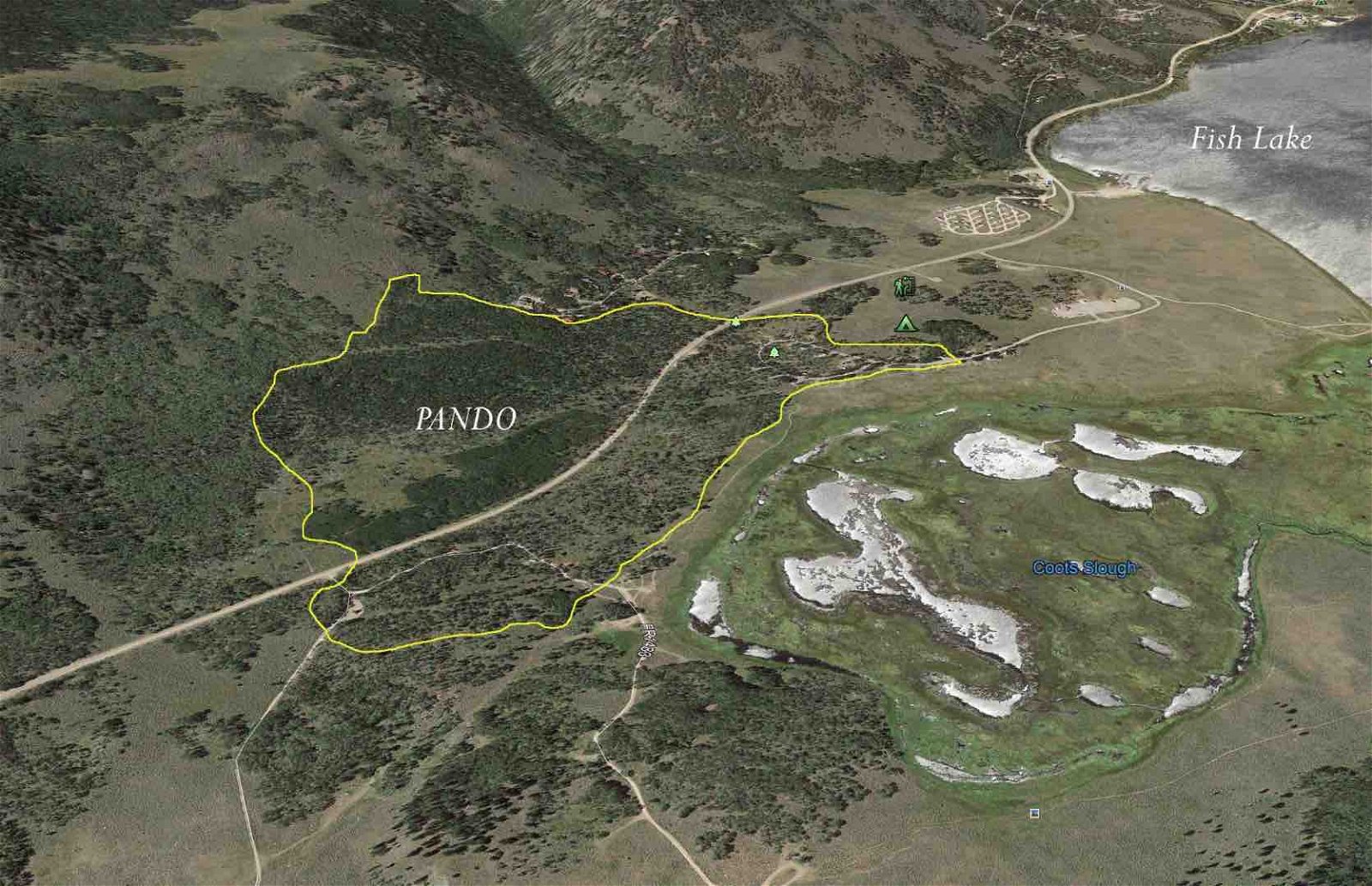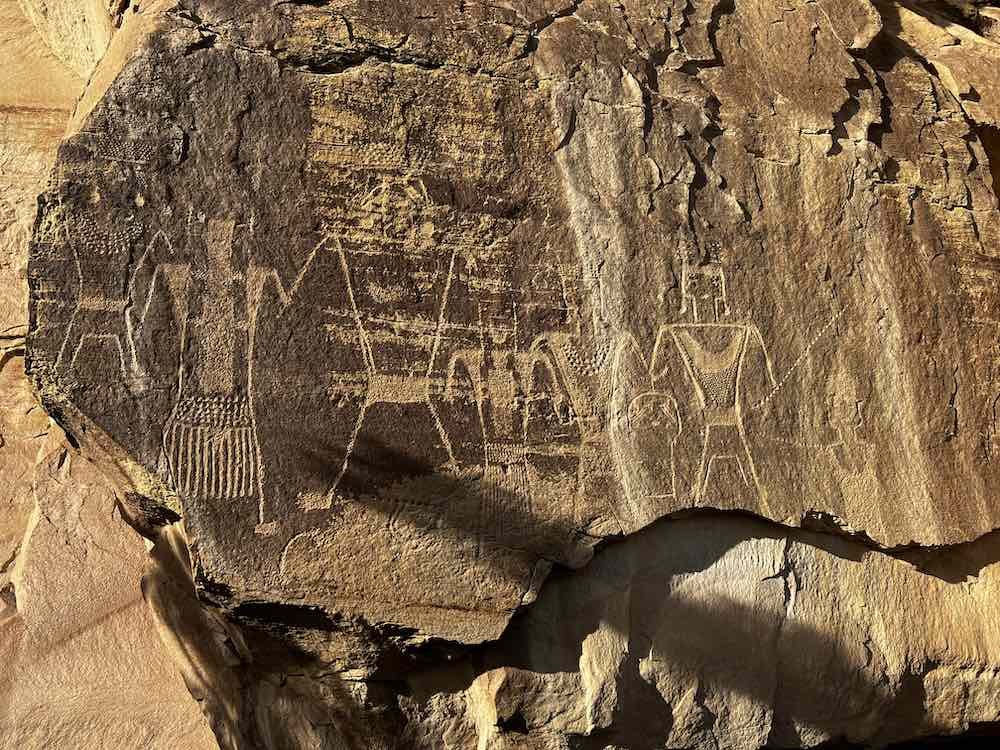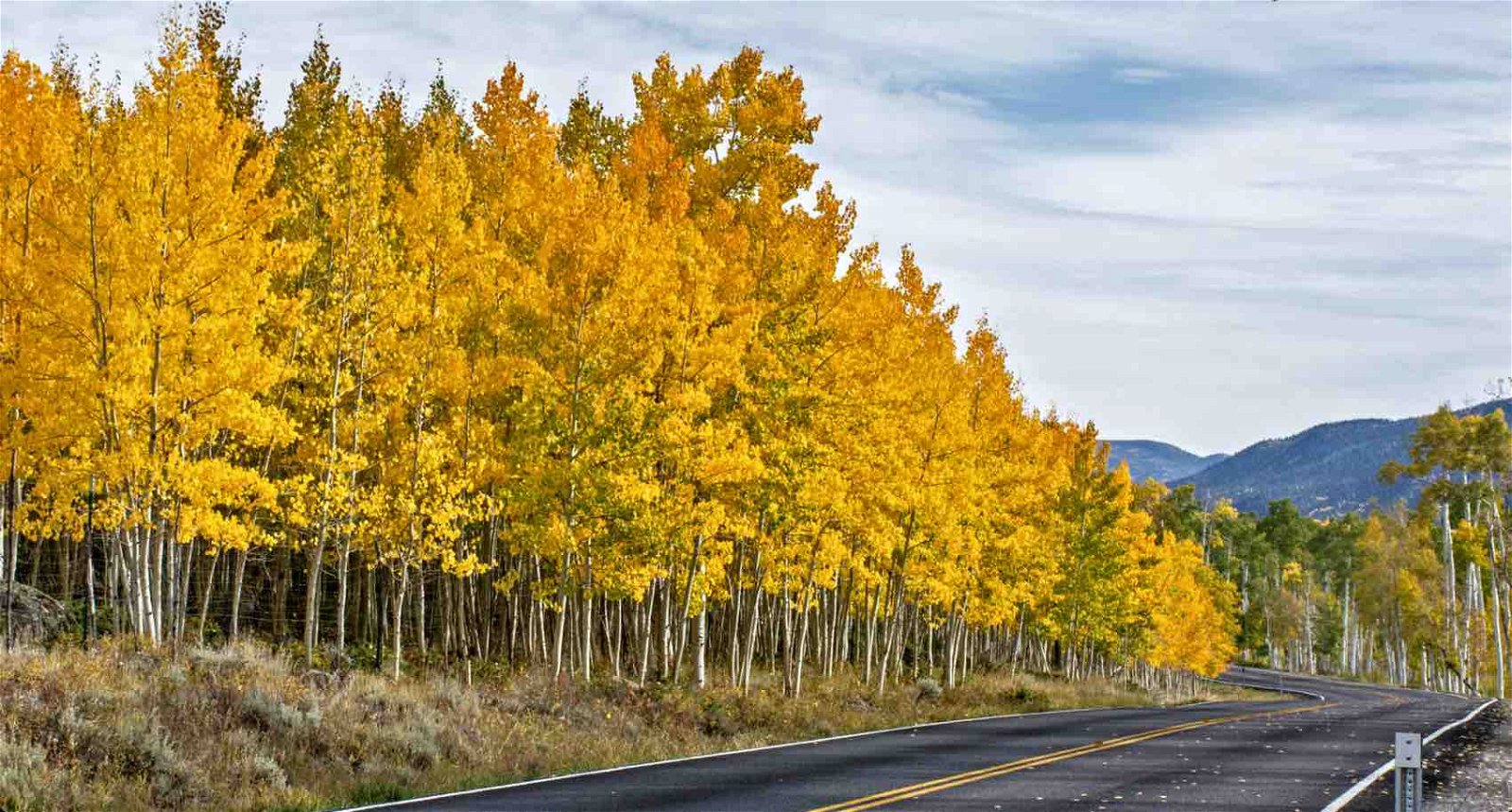In south-central Utah, an organism recognized as the oldest of its kind on planet Earth is finding its voice with the help of a dedicated group of scientists and land managers.
A quaking aspen (Populus tremuloides) forest comprised of close to 40,000 genetic clones, each effectively representing individual “stems” that remain interconnected at their roots, Pando is recognized as the largest and oldest clonal tree known to exist anywhere in the world.
For thousands of years, the massive aspen clone has stood watch over Utah’s Colorado Plateau in what is today part of the Fremont River Ranger District of the Fishlake National Forest. With its ancient roots nestled in soil spanning an area that covers close to 108 acres, Pando is not only the oldest known organism of its kind but also the heaviest.


Last year, as a thunderstorm approached, Jeff Rice, an artist in residency with the non-profit group Friends of Pando, positioned a hydrophone against the roots of one of the organism’s stems.
The result was an eerie biological symphony, pairing vibrations beneath the tree from within its root system and soil with “perhaps millions of aspen leaves trembling in the wind.”
Samples of Rice’s recordings of the sounds of Pando can be heard online at his website, Ecosystem Sound.
Pando was initially discovered in 1976 by Jerry Kemperman and Burton Barnes. However, verification of its identity as a singular clonal organism didn’t occur for many more decades, finally gaining full scientific recognition in 2008.


Despite some misleading assertions from over the years about Pando’s age, the clone and its root system is believed to be between 9,000 and 12,000 years old, although habitat modeling suggests maximum ages that may date to even earlier times. At this impressive age, Pando thrived in the post-Ice Age climate alongside the early American hunter-gatherers of the late Paleoindian Period. According to the U.S. Forest Service, some of the individual stems present today are estimated to be more than 130 years old.
Pando’s age, size, and other remarkable qualities push the boundaries on our very definition of what we call a single tree, with its benefactors very eloquently calling it a “masterpiece of botanical imagination” and one that quite literally has its roots in the arrival of a single aspen seed carried on the early Holocene breeze to what would become the ancient tree’s home on the southeastern side of Utah’s Fishlake Basin, the eventual home of Utah’s Freemont culture, who would arrive and settle the region close to 7000 years after Pando began to grow.


The Friends of Pando say that among the challenges they have faced in helping to foster a sense of stewardship in the public for the remarkable tree is the amount of misleading information that has been produced about Pando. Such false information includes claims that the tree is as much as 80,000 years old or even that it is effectively “immortal.” Other erroneous assertions have concluded that despite its age, it may effectively be “doomed.”
“How we apply what we know and how we exercise our imagination will be vital to bringing about a bright future for the tree,” reads a history of Pando featured on the Friends of Pando website. “Promoting easily fact-checked falsehoods and using alarmist language leads people to believe the solutions are simple or demand heroics rather than thoughtful diligence and long-term thinking.”
Contrary to some of the erroneous past claims about the clone, Pando is thriving, although it is true that it has been met with challenges over the years, many of which remain today. In the 1980s, deer and elk feeding on the young stems of Pando were revealed to be the source of an apparent shrinking of the colossal organism. Efforts to curb the impact of predation by the hungry resident cervid population resulted in close to 53 acres of Pando being fenced in, an effort which has seen some limited results.
However, another of Pando’s challenges involves the maintenance that is required to help ensure that strategies like fencing will work. Following the initial fencing efforts in 2011, reductions in the number of U.S. Forest Service employees who manage what became the consolidated Fremont District in 2003 cut the number of personnel by nearly 50%.
Add to this the varieties of diseases that commonly afflict aspen, which include Leaf Spot and Sooty Bark Canker, as well as insects and a lack of regeneration, and the legitimate challenges Pando faces become all too apparent.
“A lack of regeneration combined with weakening and dying trees, in time, could result in a smaller clone or complete die off,” reads a portion of a FAQ page about Pando on the U.S. Forest Service website.
While there are legitimate challenges that Pando faces, none are insurmountable, according to the Friends of Pando, although overcoming them does require diligence.
“The challenges before us will require creativity, collaboration, compromise and sweat,” the group says.
Along with Jeff Rice’s evocative recordings available online, the efforts of leading scientists, conservationists, and Land Managers dedicated to its preservation have helped Pando find its voice and, through stewardship, the hope for a brighter future.
You can learn about the Friends of Pando and their conservation efforts at their official website, where you will find stunning imagery of Pando and the surrounding region by Lance Oditt, the Lead Photographer on the Pando Photographic Survey. Additional information on the clone can be found on the U.S. Forest Service’s Pando page.
Micah Hanks is the Editor-in-Chief and Co-Founder of The Debrief. He can be reached by email at micah@thedebrief.org. Follow his work at micahhanks.com and on Twitter: @MicahHanks.

